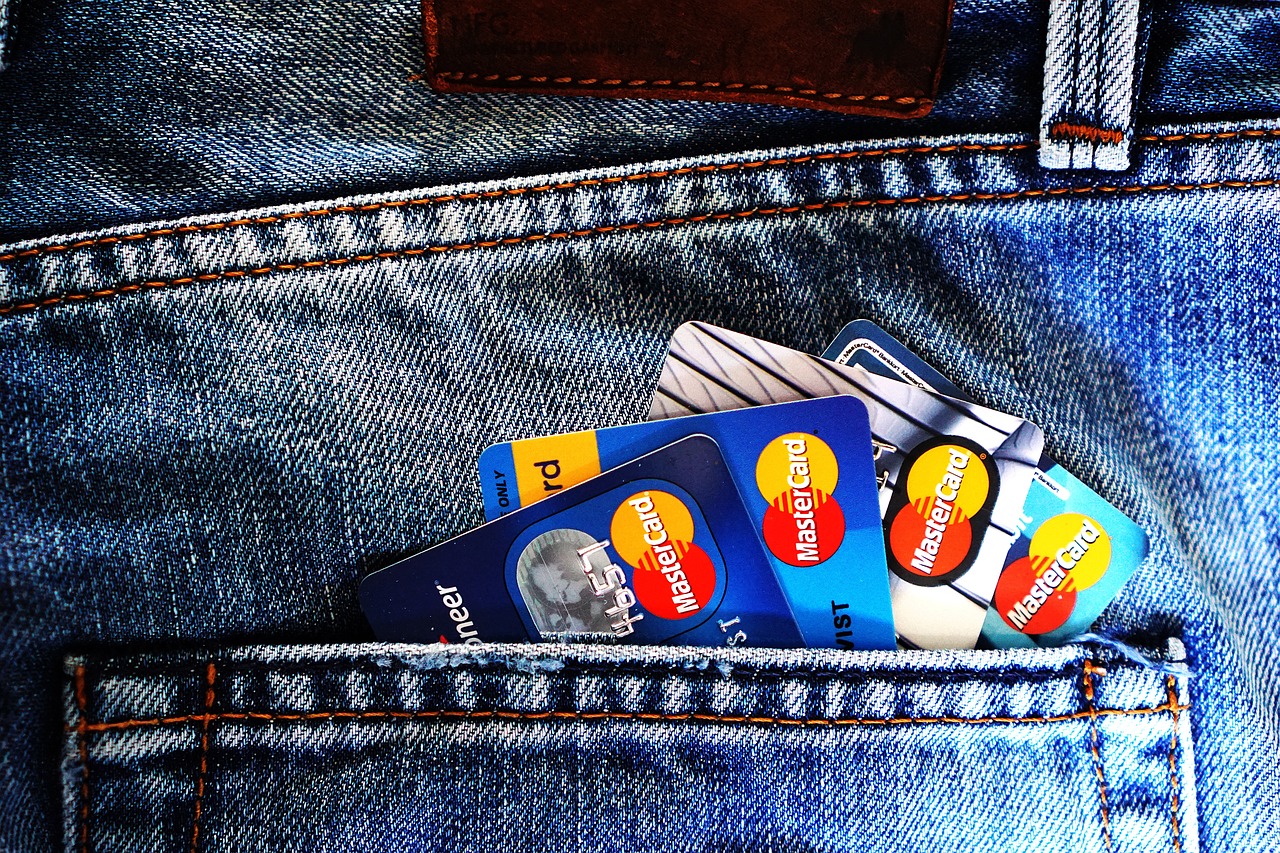Cross-Account Data Leakage in Financial Dashboards: A Growing Concern

In the evolving landscape of digital finance, the integration of sophisticated financial dashboards has become a cornerstone for the seamless management of multi-account portfolios. However, alongside the benefits of consolidated data visualization lurks a significant risk: cross-account data leakage. This risk poses a substantial threat to data privacy, security, and integrity, warranting urgent attention from financial institutions and tech providers alike.
Cross-account data leakage refers to the unintended exposure or sharing of data between different user accounts within a shared platform or system. In the context of financial dashboards, this can occur due to improperly configured access controls, software vulnerabilities, or insufficient data segregation protocols. Such incidents can lead to unauthorized access to sensitive financial information, potentially resulting in both financial and reputational damage.
The implications of cross-account data leakage are particularly severe in the financial sector, where the sensitivity of data is paramount. Financial dashboards often aggregate data from various sources, including bank accounts, investment portfolios, and credit profiles. A breach in one account could inadvertently expose a wealth of information across others, compounding the potential impact of data breaches.
Understanding the Causes
Several factors contribute to the risk of cross-account data leakage in financial dashboards:
- Inadequate Access Controls: Poorly implemented access control mechanisms can lead to unauthorized access. If user permissions are not clearly defined and enforced, users may inadvertently gain access to data outside their purview.
- Software Vulnerabilities: Bugs or vulnerabilities within the dashboard software itself can be exploited by malicious actors to bypass security controls, leading to unauthorized data access.
- Insufficient Data Segregation: Failure to adequately segregate data between different user accounts can result in data being shared across accounts without proper authorization.
- Complex System Integrations: Financial dashboards often integrate with multiple external systems and APIs. Weaknesses in integration security can introduce vulnerabilities that facilitate data leakage.
Global Context and Regulations
Globally, regulatory bodies are increasingly focusing on data protection and privacy. Regulations such as the General Data Protection Regulation (GDPR) in Europe and the California Consumer Privacy Act (CCPA) in the United States set stringent requirements for data protection, emphasizing the importance of safeguarding personal information against breaches.
Financial institutions operating across borders must navigate these complex regulatory environments while ensuring compliance. Failure to protect customer data not only leads to regulatory penalties but also damages consumer trust and institutional reputation.
Mitigation Strategies
To mitigate the risk of cross-account data leakage, financial institutions can implement several strategies:
- Enhance Access Controls: Implement robust authentication mechanisms, such as multi-factor authentication (MFA), and ensure that user permissions are regularly reviewed and updated.
- Regular Security Audits: Conduct periodic security audits and vulnerability assessments to identify and address potential weaknesses in the dashboard infrastructure.
- Data Encryption: Employ strong encryption techniques to protect data both in transit and at rest, ensuring that even if data is accessed, it remains undecipherable without the proper keys.
- Secure System Integrations: Ensure that all integrations with external systems are secure, utilizing API security best practices and ensuring that third-party services comply with internal security standards.
- User Education and Training: Educate users about the importance of data security and provide training on best practices for maintaining account security.
Conclusion
As financial dashboards continue to grow in complexity and functionality, the risk of cross-account data leakage remains a pressing concern. By implementing comprehensive security measures and adhering to global regulatory standards, financial institutions can safeguard their customers’ data and maintain the trust that is essential in the digital age. Proactive management of these risks not only ensures compliance but also fortifies the integrity and reliability of financial services in a competitive global market.













